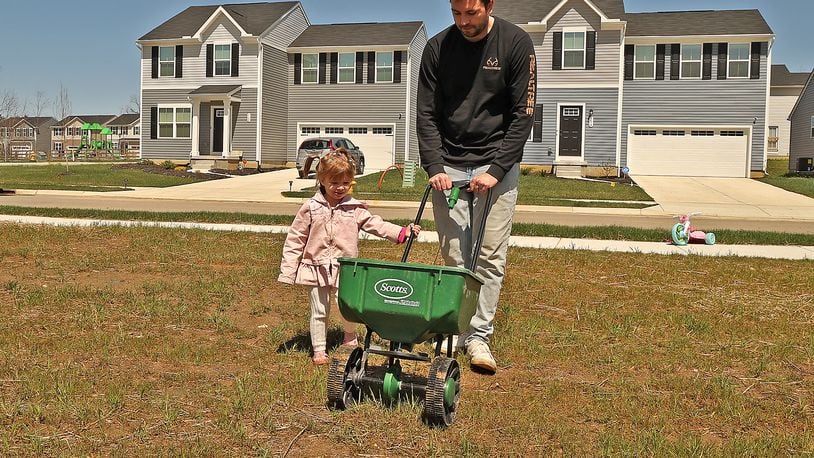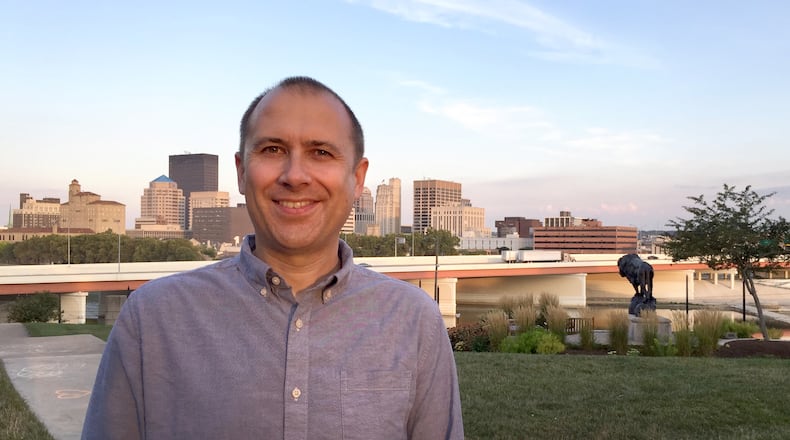What may be able to fill the gap is the ADU. ADU stands for accessory dwelling unit, which is a secondary home or apartment constructed on an existing residential property. Typically these are small standalone buildings sited behind the existing house. ADUs are often limited by the municipality to a fixed maximum square footage, or to a percentage of the size of the existing house. The ADU has its own kitchen and bathroom as any other apartment, and as many bedrooms as comfortably fit in the limited area.
California is promoting ADUs in their fight against homelessness. Starting in 2017, their state legislature passed a number of bills that effectively legalize ADUs throughout the state. Cities and counties in California now offer programs encouraging homeowners to build ADUs on their properties. Some have libraries of free and pre-approved architectural plans for ADUs and some provide financial assistance for ADU construction to homeowners who agree to rent their completed ADU to people transitioning from homelessness.
Locally, only Yellow Springs and Dayton allow accessory dwelling units in residential districts. I designed an ADU for a client in Yellow Springs in 2018. The Village and the City of Dayton both treat ADUs as conditional uses, so an applicant needs approval from the planning commission or the zoning appeals board. Assuming the size, setback, and general design of the ADU conforms to the local guidelines, they will typically be approved.
In Dayton, the zoning code was only recently amended to allow ADUs but already a number of homeowners are taking advantage. People are building ADUs to provide in-law suites, create accessible housing for family members with disabilities, or for additional streams of income.
ADUs are a small step towards making up our housing shortfall. They still take time to permit and construct, but in effect we’re crowdsourcing the production of new housing in the City. Any homeowner with room on their lot can become a housing developer and with more interest we may see prefabricated or turnkey products that reduce construction time. Other municipalities in the region are looking at adding ADUs to their zoning code. If they do, the Dayton region will see housing become more plentiful and more affordable.
Matt Sauer is a Dayton Plan Board member and architect.
Housing affordability in the Miami Valley

As rents continue to climb across the region and many local residents find themselves working in occupations that on average do not pay enough for them to afford modest rental units, affordable housing is becoming an increasingly important issue for our communities and communities across the nation. New housing and commercial developments are planned across our region and each one sparks heated debate among residents who will live near them, the developers of these projects and civic leaders who must balance the needs of existing residents with growing the local economy and attracting newcomers.
» Community land trusts can be a powerful tool to fight generational poverty
» ‘Accessory dwelling units’ can help affordability, homelessness
» Prefabricated housing can make grassroots development possible
» Not-for-profit housing organizations step in to offer affordable homes
» Highlights from Aug. 24 Community Conversation
» Domestic violence and affordable housing shortage linked
» Ohio must bridge the gap between low wages and high rents
» COVID, housing issues have disproportionally affected low-income individuals, people of color
» Our communities should ‘build with care and thoughtfulness’
» Balancing the needs of residents with growing the local economy
About the Author

